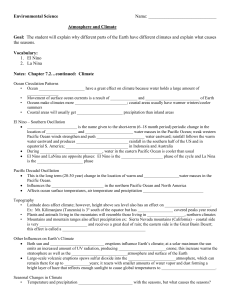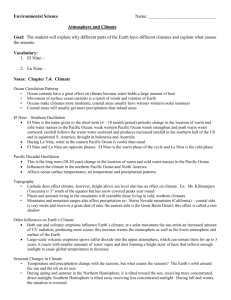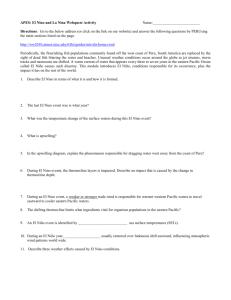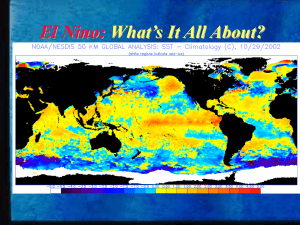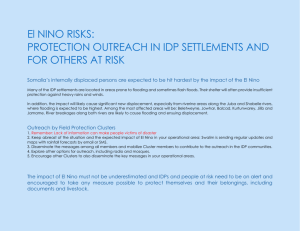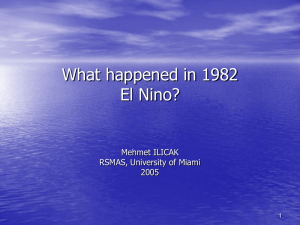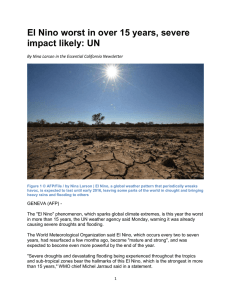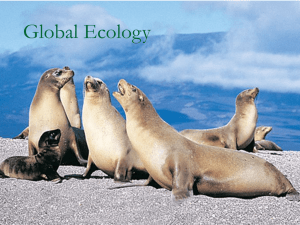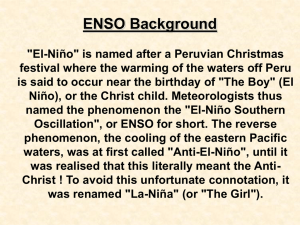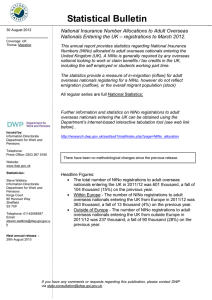Another El Nino?
advertisement
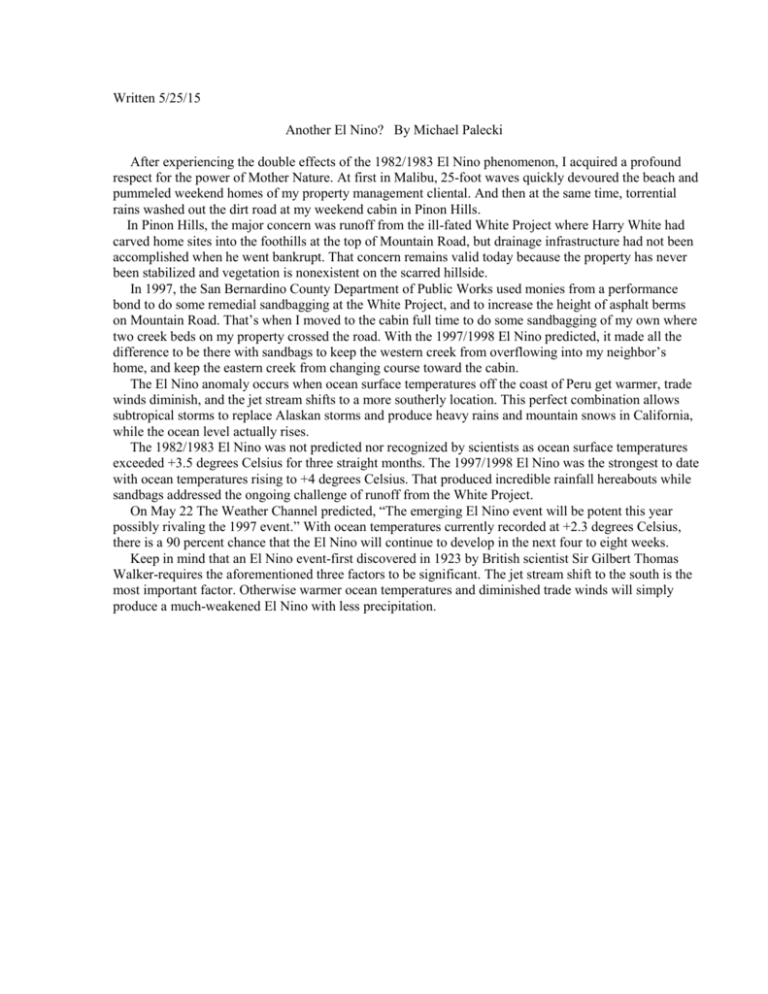
Written 5/25/15 Another El Nino? By Michael Palecki After experiencing the double effects of the 1982/1983 El Nino phenomenon, I acquired a profound respect for the power of Mother Nature. At first in Malibu, 25-foot waves quickly devoured the beach and pummeled weekend homes of my property management cliental. And then at the same time, torrential rains washed out the dirt road at my weekend cabin in Pinon Hills. In Pinon Hills, the major concern was runoff from the ill-fated White Project where Harry White had carved home sites into the foothills at the top of Mountain Road, but drainage infrastructure had not been accomplished when he went bankrupt. That concern remains valid today because the property has never been stabilized and vegetation is nonexistent on the scarred hillside. In 1997, the San Bernardino County Department of Public Works used monies from a performance bond to do some remedial sandbagging at the White Project, and to increase the height of asphalt berms on Mountain Road. That’s when I moved to the cabin full time to do some sandbagging of my own where two creek beds on my property crossed the road. With the 1997/1998 El Nino predicted, it made all the difference to be there with sandbags to keep the western creek from overflowing into my neighbor’s home, and keep the eastern creek from changing course toward the cabin. The El Nino anomaly occurs when ocean surface temperatures off the coast of Peru get warmer, trade winds diminish, and the jet stream shifts to a more southerly location. This perfect combination allows subtropical storms to replace Alaskan storms and produce heavy rains and mountain snows in California, while the ocean level actually rises. The 1982/1983 El Nino was not predicted nor recognized by scientists as ocean surface temperatures exceeded +3.5 degrees Celsius for three straight months. The 1997/1998 El Nino was the strongest to date with ocean temperatures rising to +4 degrees Celsius. That produced incredible rainfall hereabouts while sandbags addressed the ongoing challenge of runoff from the White Project. On May 22 The Weather Channel predicted, “The emerging El Nino event will be potent this year possibly rivaling the 1997 event.” With ocean temperatures currently recorded at +2.3 degrees Celsius, there is a 90 percent chance that the El Nino will continue to develop in the next four to eight weeks. Keep in mind that an El Nino event-first discovered in 1923 by British scientist Sir Gilbert Thomas Walker-requires the aforementioned three factors to be significant. The jet stream shift to the south is the most important factor. Otherwise warmer ocean temperatures and diminished trade winds will simply produce a much-weakened El Nino with less precipitation.


